Estimated reading time: 5 minutes
Summer pruning seems to create a lot of confusion. For a start, why is it called “summer” pruning if you’re actually doing it in autumn?
Other questions we hear all the time are: Should I prune all my trees in summer, or just apricots and cherries (and why are those two singled out?)
And if I’m meant to prune my apricot tree in summer (or is it autumn…) then why is it OK to prune my baby apricot trees in winter when I plant them?
So many questions, right?
Related Articles
How to avoid leaf curl by watching for spring
Learning how to avoid leaf curl is all in the timing. The key time to pay attention is very early spring, earlier than you think!
Winter and water for fruit trees
Do your fruit trees need water in winter? Understanding the impact of a wet winter will help you plan for summer.
How to plant a fruit tree – the easy way
Everything you need to know about how to plant your new fruit trees to get them off to a great start in life.
We reckon that rather than get caught up with figuring out the perfect time to prune, it’s easier to remember the mantra that there’s no “right” or “wrong”, there are just cuts and consequences.
This approach takes the pressure off so you can feel like you can have a go, which is when real learning starts.
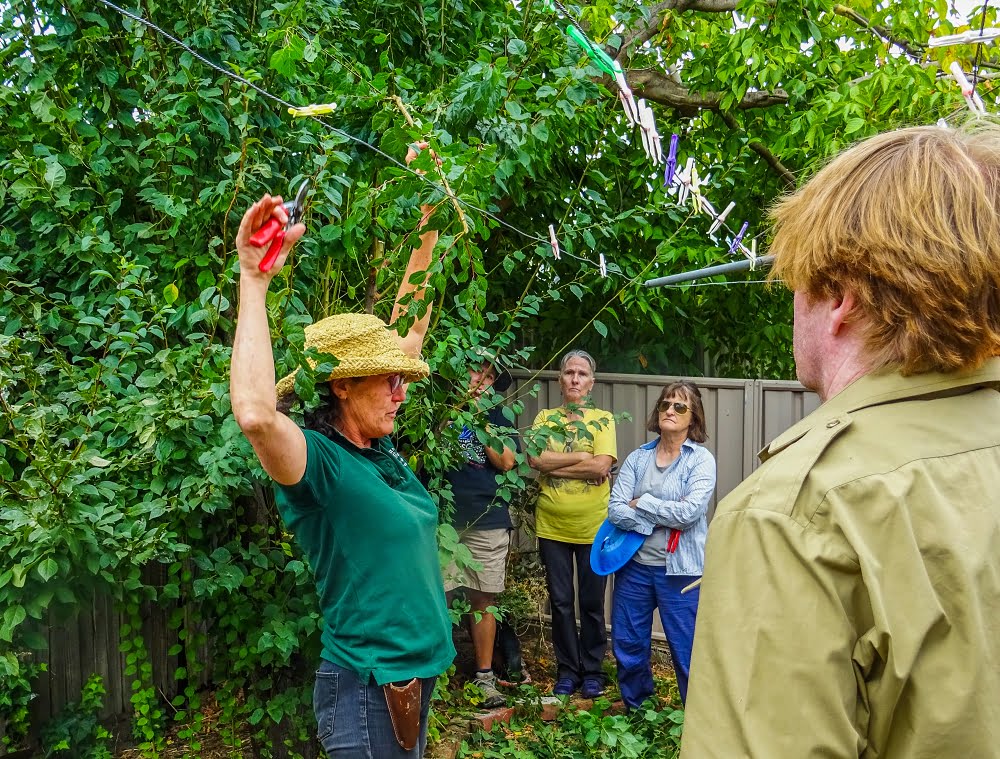
How will your trees respond if you prune them in summer?
Pruning your tree in summer tends to result in a smaller growth response from the tree.
On the other hand, pruning your fruit tree while it’s dormant in winter is more likely to encourage the tree to grow strongly in response.
And when we say summer, then yes, we also mean early autumn. The point is to do the pruning in warm, dry weather after the tree has finished growing for the season.
Once you understand those principles, it becomes obvious that pruning in summer might suit a really big tree that you’re trying to renovate, for example.
Whereas winter is clearly the best time to prune young trees that you want to encourage to grow big and strong (and then become fruitful) as quickly as possible.
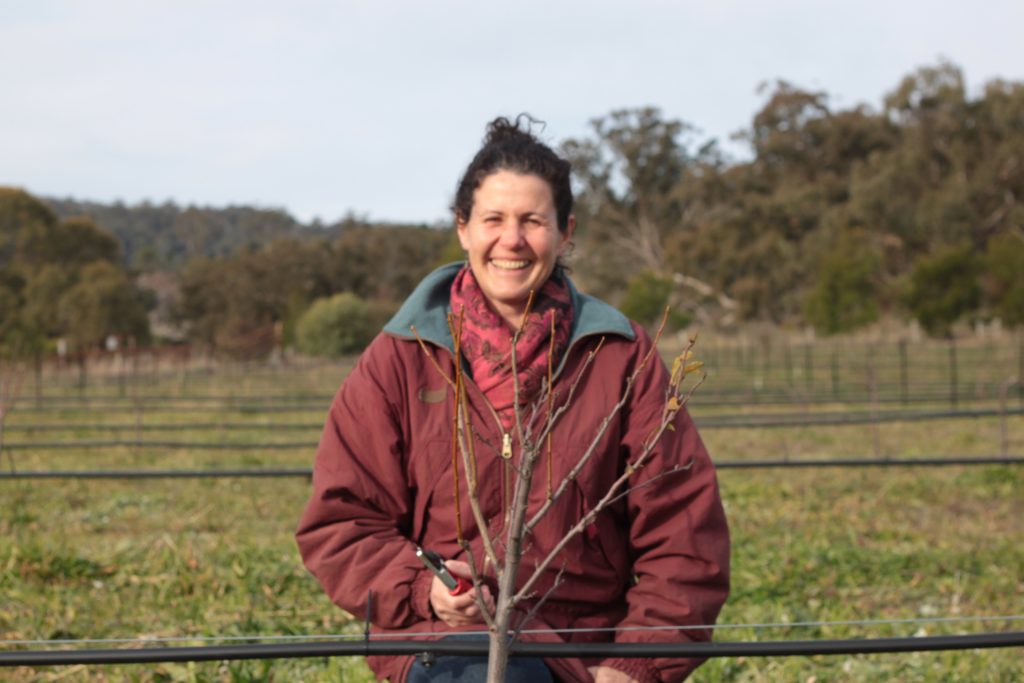
Do pruning “rules” work?
We’re not big fans of rules when it comes to pruning — we find they actually confuse people. Rules can also lead to inexperienced pruners making cuts that can have less than ideal consequences.
It’s much better to understand the principles behind pruning. Then you can fall back on them to make up your mind about when to prune.
Our Foolproof 7-step pruning method is based on 10 pruning principles, but the two that are most relevant here are #3: prune in winter to encourage growth, and #4: trim your trees in summer to slow growth.
Without getting too deeply into the physiological reasons behind these principles in this blog, you can use them to think about when you might want to either encourage vigour (i.e. vegetative growth) in your tree and when you might want to slow growth down a bit.
And remember, they’re just principles — they just tell you what’s more likely to happen. There are very few definites in the wonderful world of fruit growing!
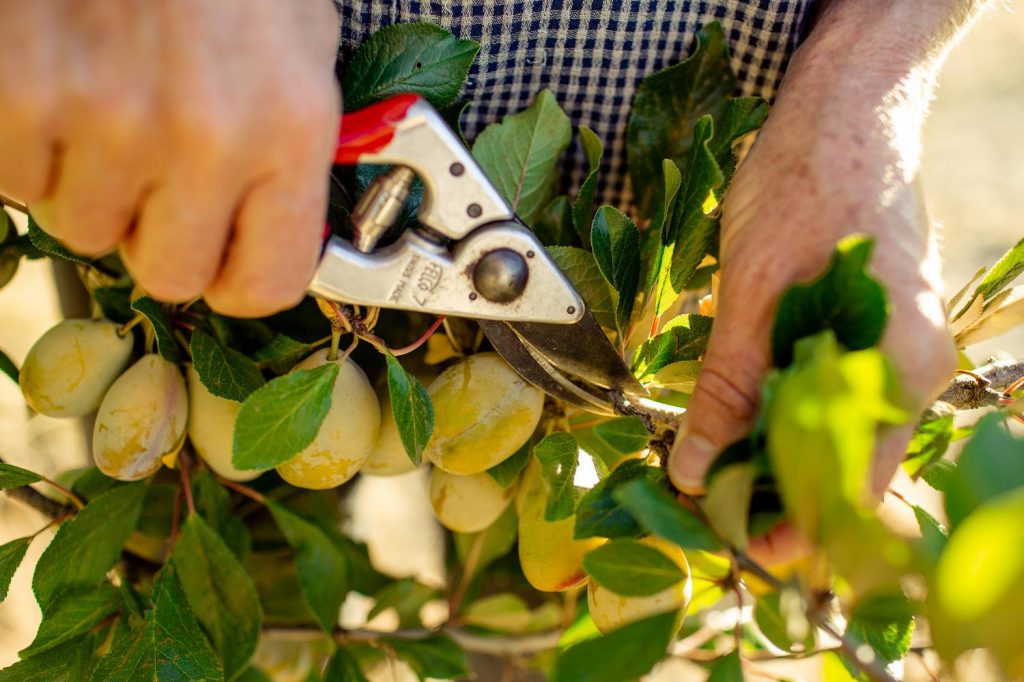
Summer pruning pros and cons
Some other things to think about in deciding whether to prune in summer are:
- disease — pruning in warm weather helps the cuts to heal quickly and reduce the introduction or spread of disease. Summer pruning might be the best option for a tree that has been severely disease-compromised;
- fruit quality — reducing leaf canopy with summer pruning can reduce the size and sugar content of the fruit;
- fruit colour — removing some of the leaves in summer by pruning allows better sun penetration to the tree and can result in better coloured fruit;
- sunburn — a bushy leaf canopy can provide protection to vulnerable fruit;
- root health — summer pruning can reduce root growth in a tree (which is not usually a good thing, unless you’re trying to reduce the size of a monster tree, for example);
- ease of pruning — it’s much easier to see what you’re doing in winter when there are no leaves on the tree.
You can quickly see that pruning a fruit tree in summer while it still has fruit can have a very different outcome to pruning it after harvest.
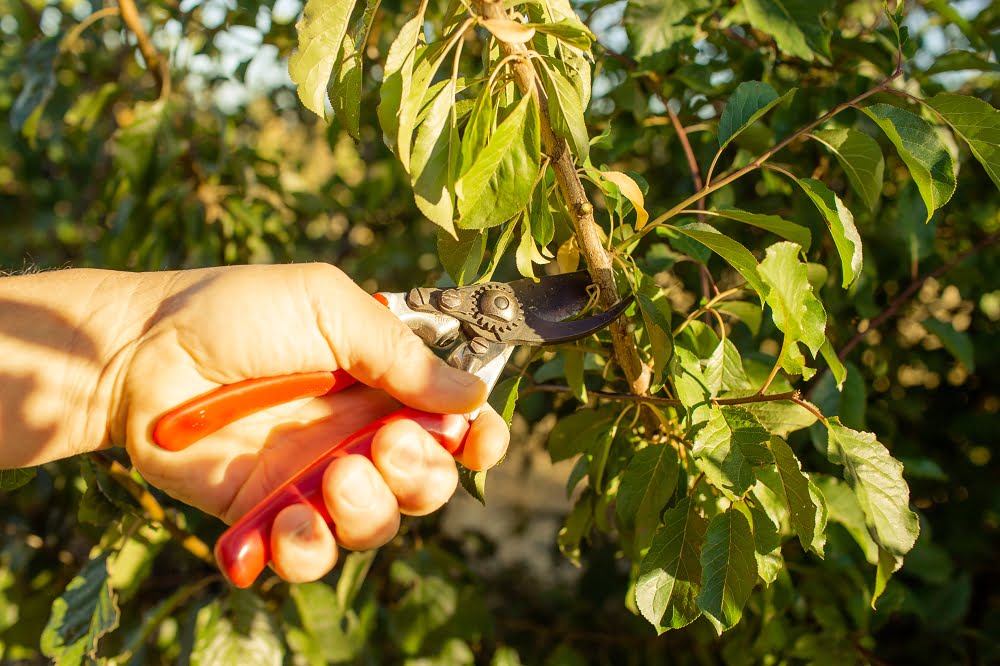
Does it really matter?
Rather than stressing too much about when is the right time to prune, just remember that it doesn’t really matter.
You’ll just get different consequences from doing it at different times of the year.
And what a great way to learn!
If you really think about when to prune and why, and then pay attention to what happens as a result (pro tip: take before and after shots), you’ll become quite an experienced pruner surprisingly quickly.
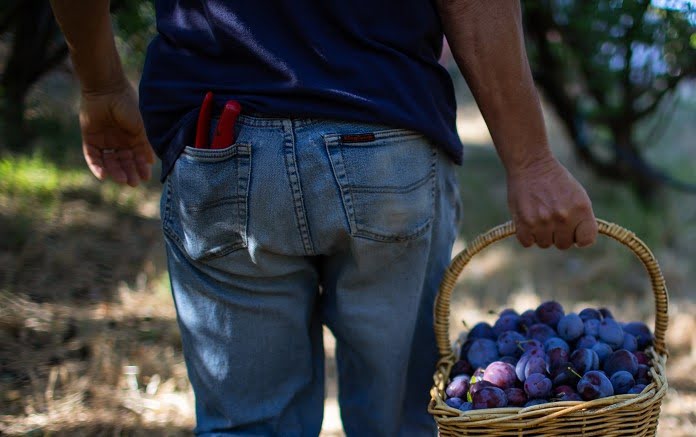
If you still feel you need some help making the decision, take our Summer Pruning Short Course first.
Happy pruning!
Related Articles
How to avoid leaf curl by watching for spring
Learning how to avoid leaf curl is all in the timing. The key time to pay attention is very early spring, earlier than you think!
Winter and water for fruit trees
Do your fruit trees need water in winter? Understanding the impact of a wet winter will help you plan for summer.
How to plant a fruit tree – the easy way
Everything you need to know about how to plant your new fruit trees to get them off to a great start in life.



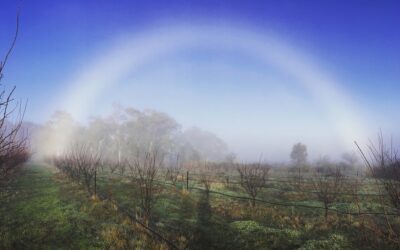



A helpful read, thank you. I really appreciated not having to read heaps to get the information.
Thanks Ruth, glad you found it useful!
I want to renovate a 15 year old plum tree, to reduce its size. What is your best advice on this please?
Hi John, again it’s best to think of the principles rather than rules, eg remove as little wood as possible to achieve the result you want, because the more wood you take off the more you encourage the tree to grow wood rather than fruit. So if you do it gradually you might be able to keep the tree fruitful while you renovate. The main thing is reduce the height of each branch by cutting back to a strong upright lateral. If you reduce the height by doing a heading cut you’ll just create bushiness at the top of the tree, which you don’t want. Good luck with it.
Hi Katie our fruit trees are stems and nubs after being destroyed by kangaroos and grasshoppers.
The only growth is from the shoots at ground level or one leaf on the top of the trunk.
Wha5 would you advise please.
Hi Bec, so sorry to hear about your decimated trees – so disappointing. If the trees have been destroyed back to below the graft you’ll need to either start again with a new tree, or graft the rootstock again. Either way, it’s most important to protect them from being continuously eaten, either by kangaroo fencing or individual tree guards (wire netting ‘cages’ work well). Grasshoppers are much harder, and chooks are one of the few solutions that seems to help. Good luck!
Hi Bec, so sorry to hear your trees have been decimated. If they’ve been destroyed to below the graft union, the only choices are to start again with a new tree, or to graft them. Either way, it’s important to protect the trees, either with kangaroo fence or tree guards (wire ‘cages’ work well). The best solution for grasshoppers is chooks!
It’s really worth emphasising that Apricots should be pruned well into summer and even autumn is OK, to avoid gummosis, where sap leaks out++
Yes, Andrew, we couldn’t agree more! Here’s the link to our summer pruning course that goes into the detail of exactly how to prune your apricot trees in summer: https://growgreatfruit.com/product/imagine-easy-pruning/. Cheers!
Should i summer prune an espalier apricot tree in summer
Hi Chris, yes we’d usually recommend that as a good time, just to minimise the risk of spreading or introducing fungal disease (which apricots are very prone to). However, it is MUCH easier to see the shape of your tree and decide how to prune it in winter when the tree is dormant, so if fungal disease hasn’t been a particular issue for this tree, there’s no harm in waiting until the leaves are off.